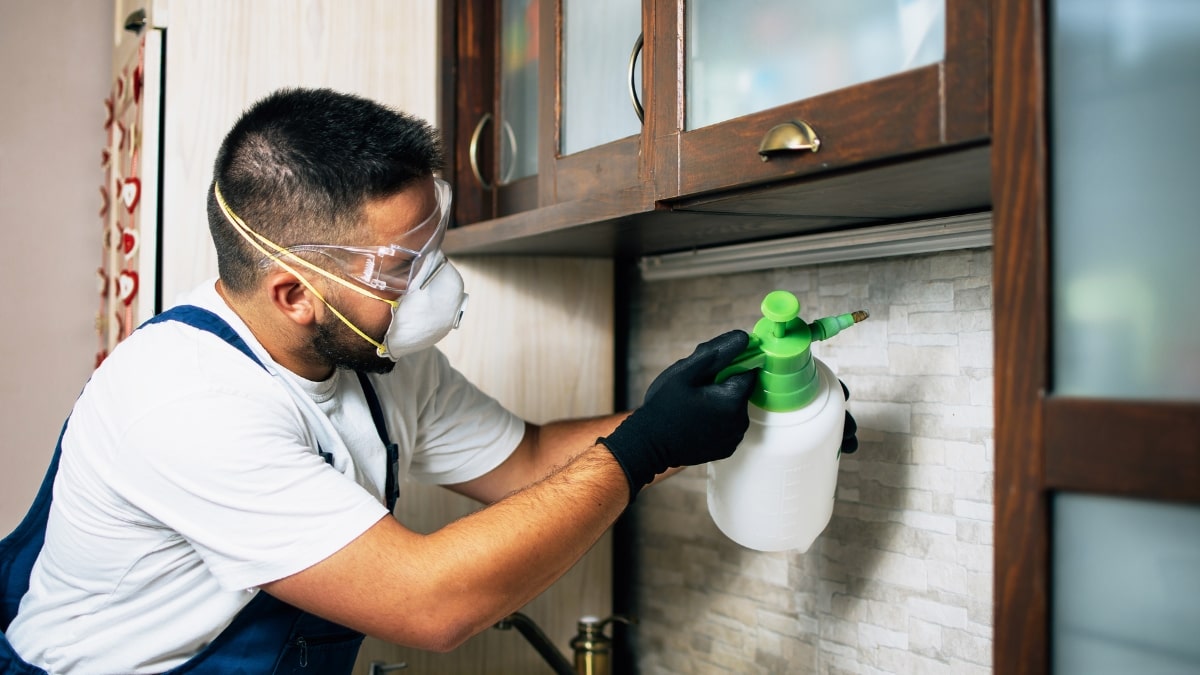Yes, pest control can be safe for humans when proper precautions are taken during the process.
However, your safety largely depends on the methods and products used.
If chemical pesticides are misused or applied incorrectly, they can pose health risks to humans, but there are always safer alternatives available, such as natural remedies or Integrated Pest Management (IPM), that are less harmful to both people and the environment.
In this article, we will explore how pest control works, the safety concerns associated with it, tips for minimizing risks, and preventive measures you can take to ensure a safe pest control experience.
Understanding Pest Control and Its Methods
Pest control is essential for protecting your property while maintaining hygiene and preventing diseases at the same time.
Whether you are dealing with insects, rodents, termites or any other pests, various methods are employed to tackle this problem.
Here are the most common approaches for pest control:
1. Chemical-Based Pest Control
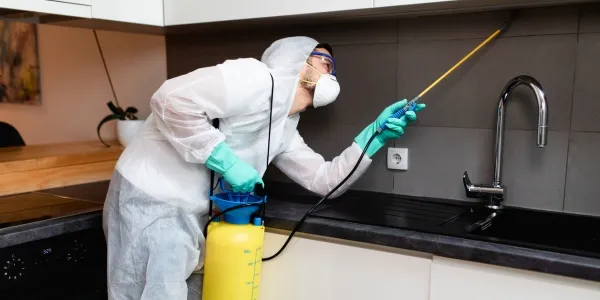
Chemical pesticides are widely used to manage pest populations.
These chemicals can be highly effective, but they can also pose risks to humans, especially when not applied correctly.
Some of the chemicals used in pest control include:
- Insecticides: Used to kill insects, these chemicals can be toxic if inhaled or come into contact with skin.
- Rodenticides: Commonly used to eliminate rats and mice, these products are dangerous for both humans and pets if ingested.
- Fungicides and Herbicides: These are used to treat fungal infections and plant-related issues but can have harmful effects if not handled properly.
While these chemicals work effectively to eliminate pests, improper application, exposure, or mishandling can result in significant health risks.
2. Natural Pest Control Methods
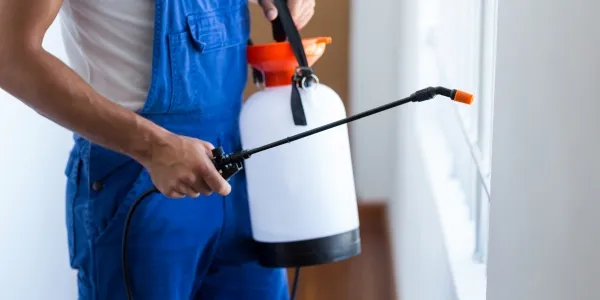
For those concerned about the potential risks of chemical-based pest control, natural methods offer a safer alternative.
Here are some common natural pest control solutions:
- Essential Oils: Oils like peppermint, lavender, and citronella can repel insects without harming humans or animals.
- Diatomaceous Earth: This natural substance is safe for humans and pets but deadly to insects, providing a safe way to deal with pests.
- Biological Controls: This includes introducing natural predators, such as ladybugs to control aphids, or using beneficial nematodes to target soil-dwelling pests.
These methods are generally safer for humans, pets, and the environment, though they may be less effective in large infestations.
3. Integrated Pest Management (IPM)

IPM is a holistic, environmentally friendly approach that combines multiple pest control methods.
The goal is to minimize harm to humans, pets, and the environment by using the most effective techniques in a targeted manner.
IPM typically includes:
- Monitoring pest populations to identify when and where control methods should be applied.
- Using physical barriers like traps or nets to prevent pests from entering.
- Applying chemicals only when necessary and using low-toxicity options when possible.
This method is designed to reduce the overall reliance on harmful chemicals, making it one of the safest pest control options.
Is Pest Control Safe for Humans? Key Considerations
While pest control can be safe, it’s essential to take certain precautions to minimize risks, especially when using chemical treatments.
Here are some important factors to keep in mind:
1. Proper Application of Pesticides
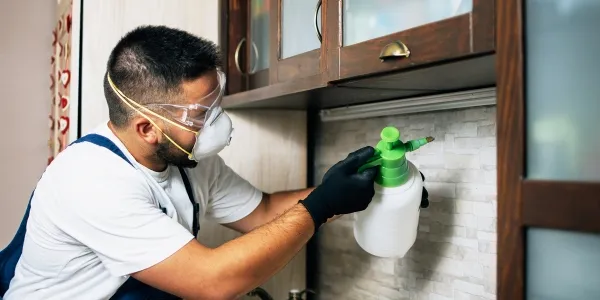
When applying pesticides, it is crucial to follow the manufacturer’s instructions carefully. Incorrect usage can lead to excessive exposure, which increases the risk of health issues.
Always make sure that:
- The pesticide is applied in an appropriate quantity.
- There is proper ventilation in the treated area.
- Protective gear, such as gloves and masks, is worn by the applicator.
2. Ventilation and Safety After Treatment
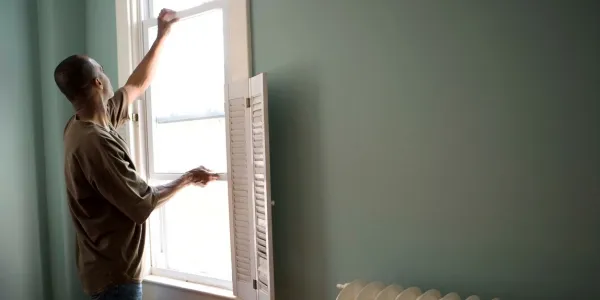
If your home has been treated with chemicals, ensure the area is well-ventilated before re-entering.
Depending on the type of pesticide used, it may be necessary to stay out of the treated areas for several hours to allow the chemicals to dissipate.
Always check the label for re-entry times.
3. Protecting Vulnerable Groups

Certain groups of people, such as children, pregnant women, and individuals with respiratory issues, may be more sensitive to pesticides.
It’s important to take extra precautions in households with vulnerable individuals:
- Keep children and pets away from treated areas.
- Consult your pest control professional for guidance on how to ensure safety for these groups.
4. Environmental Considerations
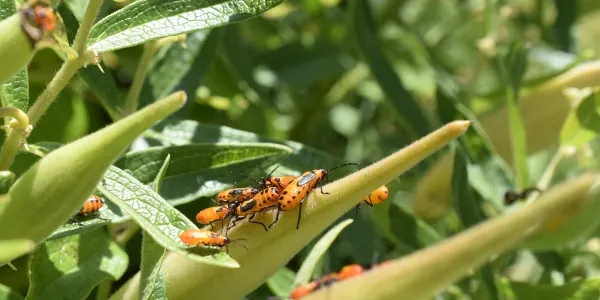
Pest control methods should also consider environmental safety. When possible, opt for eco-friendly pest control solutions that have minimal impact on the environment.
These options are not only safer for humans but also better for wildlife and local ecosystems.
Safety Tips for Pest Control in Your Home
If you’re planning to use pest control services or DIY methods at home, here are some safety tips to help ensure a safe experience:
1. Choose the Right Pest Control Service
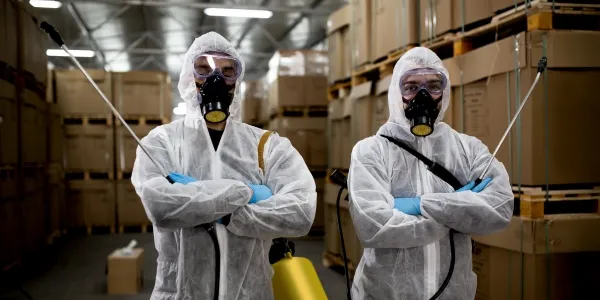
Not all pest control services are equal.
Make sure to hire a certified and experienced pest control professional who follows safety protocols and uses low-toxicity or eco-friendly products whenever possible.
Look for a provider who specializes in Integrated Pest Management (IPM).
If you want pest control services in Florida, then you can consider us.
2. Consider Non-Toxic Alternatives
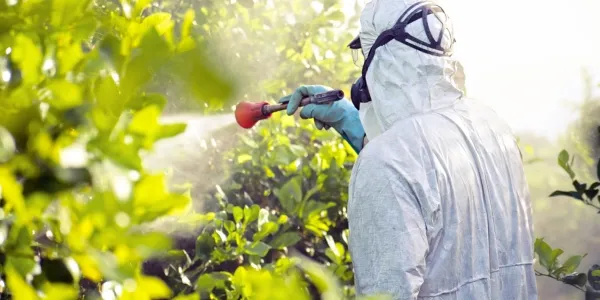
If you’re concerned about the risks of chemical treatments, consider using non-toxic alternatives such as essential oils, traps, or diatomaceous earth.
These methods are effective for many common pests and are generally safe for humans and pets.
3. Follow Post-Treatment Safety Guidelines

After pest control treatment, follow any specific guidelines provided by the pest control company.
This may include staying out of treated areas, cleaning surfaces, or washing fabrics that came into contact with the chemicals.
4. Regular Monitoring and Maintenance
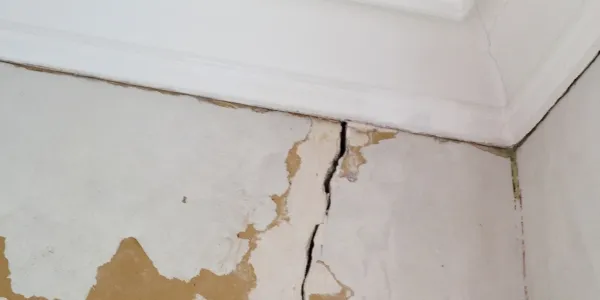
For long-term pest control, it’s important to regularly monitor and maintain a pest-free environment.
This includes sealing cracks and gaps in walls, windows, and doors to prevent pests from entering and ensuring that your home stays clean and clutter-free.
Frequently Asked Questions (FAQs) – Is Pest Control Safe for Humans?
1. Are chemical-free pest control methods as effective?
Yes, chemical-free pest control methods can be effective, especially for smaller infestations. However, they may require more frequent application or may not be as fast-acting as chemical options.
2. How soon can I enter my home after a pest control treatment?
It depends on the pesticide used. For most treatments, it’s safe to return after a few hours, but always follow the re-entry guidelines specified by the pest control company.
3. What should I do if I feel unwell after pest control?
If you experience symptoms like dizziness, nausea, or irritation after a pest control treatment, leave the treated area immediately and seek medical attention if necessary. Inform the pest control company about your symptoms.
4. Can I stay home during a pest control treatment?
It’s often recommended to leave the treated areas, especially if chemicals are being used. If you’re unsure, check with your pest control provider for advice on whether it’s safe to remain in the home.
5. How can I ensure my pets stay safe during pest control?
Before treatment, ensure your pets are kept in a separate area away from the treated zones. Afterward, wait for the recommended period before allowing your pets to return to the treated areas. Always use pet-safe products whenever possible.
Conclusion
The answer to the question, ‘Is pest control safe for humans?’ is yes—pest control can be safe when proper precautions are taken.
Whether you choose chemical, natural, or integrated pest control methods, it’s essential to follow safety guidelines to minimize risks.
By opting for safer products, ensuring proper application, and protecting vulnerable individuals, you can keep your home pest-free while safeguarding the health of your family and pets.



